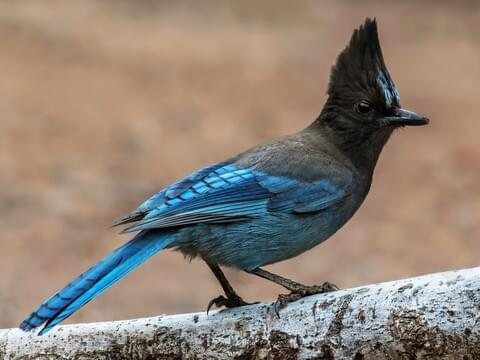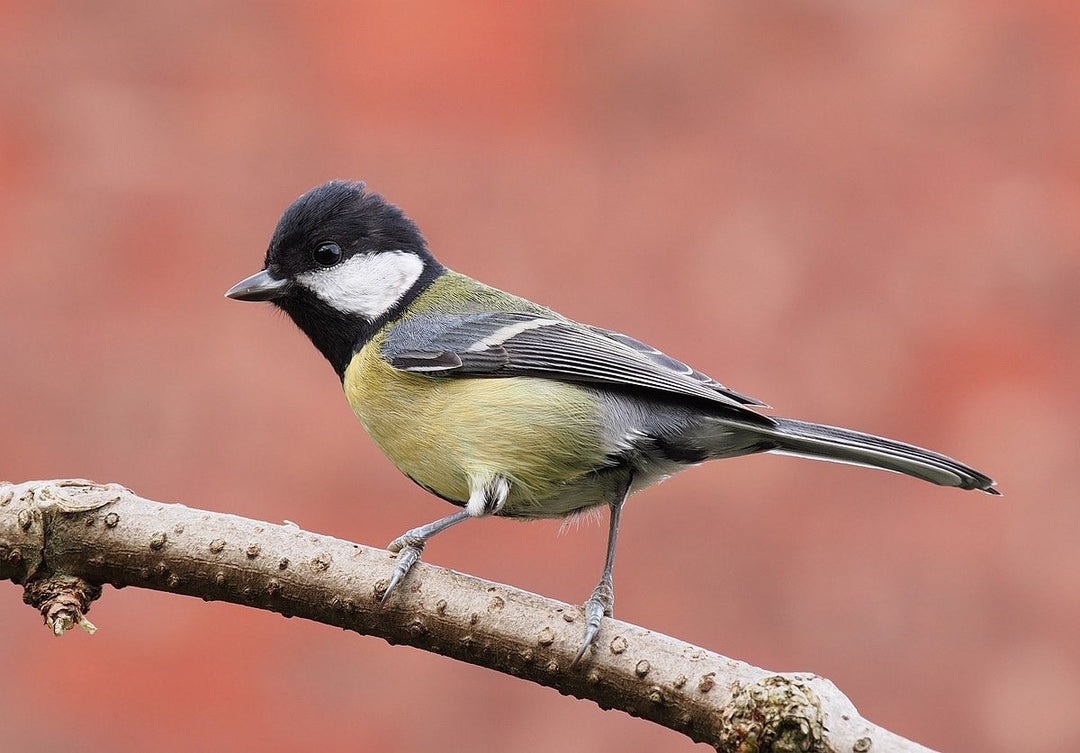Bird introduction - Great Tit

Bird introduction - Great Tit (EU)
The great tit is a passerine bird in the tit family Paridae. It is a widespread and common species throughout Europe, the Middle East, Central Asia, and east across the Palearctic to the Amur River, south to parts of North Africa where it is generally resident in any sort of woodland; most great tits do not migrate except in extremely harsh winters.
The great tit is a distinctive bird with a black head and neck, prominent white cheeks, olive upperparts, and yellow underparts, with some variation amongst the numerous subspecies. It is predominantly insectivorous in the summer but will consume a wider range of food items in the winter months, including small hibernating bats.
Scientific Name: Parus major
Lifespan: around three years
Size: 4.9-5.5 inches
Weight: 0.49-0.77 ounces
Wingspan: 8.85-10.03 inches
Originally a woodland bird, Great Tits are commonly also found in parks and gardens and almost any areas with similar vegetation.
They occur across most of the UK except some northern and western Scottish islands. Further afield, you can find Great Tits eastwards throughout central Asia and southern Russia, and in northwest Africa. Further still, they are replaced by the very closely related species Japanese Tit in east Asia, and Cinereous Tit in south Asia.
The great tit is a popular garden bird due to its acrobatic performance when feeding on nuts or seeds. Its willingness to move into nest boxes has made it a valuable study subject in ornithology; it has been particularly useful as a model for the study of the evolution of various life-history traits, particularly clutch size.
Great tits are monogamous breeders and establish breeding territories. These territories are established in late January and defense begins in late winter or early spring. Territories are usually reoccupied in successive years.
Great tits are cavity nesters, breeding in a hole that is usually inside a tree, although occasionally in a wall or rock face, and they will readily take to nest boxes. The nest inside the cavity is built by the female and is made of plant fibers, grasses, moss, hair, wool, and feathers. The number in the clutch is often very large, as many as 18, but five to twelve is more common. The eggs are white with red spots. The female undertakes all incubation duties and is fed by the male during incubation.






Leave a comment